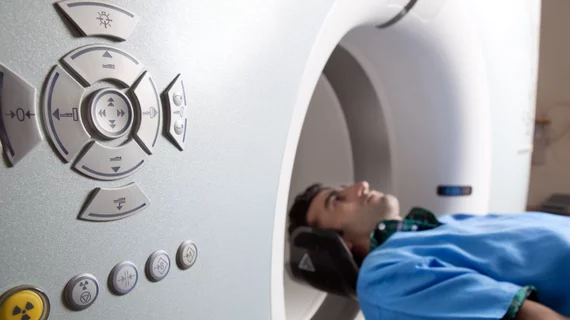ACR releases new benchmarks to help radiology departments optimize radiation dose levels
The American College of Radiology has released long-awaited benchmarks designed to help providers optimize radiation dose levels when imaging younger patients.
ACR detailed its Dose Index Registry diagnostic reference levels for the 10 most common pediatric CT scans Tuesday in Radiology. The guidance incorporates nearly five years’ worth of data taken from more than 1,600 healthcare facilities.
Up until now, the few guidelines published on pediatric dose standards were outdated. The new benchmarks represent a “step forward” for optimizing children's imaging, lead author Kalpana M. Kanal, PhD, said Oct. 26.
“Establishing these national benchmarks is a vital tool to guide local facilities in adjusting pediatric CT protocols and resultant doses for their patients,” Kanal, past chair of the ACR Dose Index Registry, added. “All efforts toward understanding how much radiation is used for common CT examinations is valuable, especially if one finds that local dose indices exceed the diagnostic reference levels provided in this study.”
The college gathered data on CT scans performed in patients 18 years or younger between 2016 and 2020, with most (66%) coming from community hospitals.
Head CT without contrast proved to be the most commonly performed exam, with median volume dose levels ranging from 23-55 mGy. And for body CT exams of the abdomen and pelvis with contrast (the most common body scan), age-based metrics ranged from 2.4-11 mGy.
The study also included guidance on chest CT with and without contrast, C-spine without contrast, soft tissue neck exams and maxillofacial CT scans, among others.
“Radiologists, medical physicists and radiologic technologists have to work together to ensure that each patient receives an optimized dose while maintaining image quality,” said Donald Frush, MD, senior author of the study and chair of the Image Gently Alliance. “These national level benchmarks provide contemporary and robust guidance for these groups toward ensuring quality patient care. This is especially valuable in practices where pediatric scanning is relatively infrequent.”
Read the ACR's breakdown of the new benchmarks here and the full study here.

